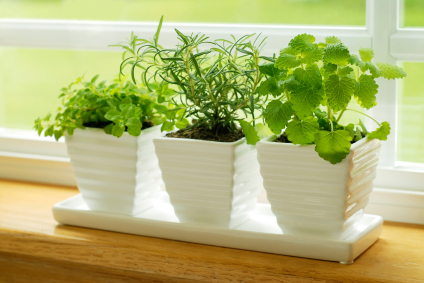Air pollution is considered to be one of the leading environmental risks today. Traditionally the way we have addressed this problem is by eliminating the cause of the pollutants and to incorporate good ventilation in our homes with clean outdoor air. Sometimes, however, these methods are insufficient because of weather conditions, or inability to address the cause or risks inherent in the outdoor air (e.g. any contaminants that may be present outside for whatever reason). In these instances an indoor air cleaning device is usually required.
Choosing an air filtering device can be a little intimidating if you’re not sure what you’re looking for. The Food and Drug Administration (FDA) considers some portable air filtration systems to be Class II medical devices. In the United States FDA approval is required before any product can claim that status. To get that approval a manufacturer must show that the device is safe and that it has a medical benefit. Look for the Underwriters Laboratory seal (UL) and as statement of the FDA’s Class II approval.
There are five basic types of filters.
Mechanical filters: These force air through a special mesh that traps particles like pollen and dust mites. These filters can also capture particles like tobacco smoke.
Electronic filters: These use electrical charges to attract and deposit allergens and irritants. The particles then stick to a collecting plate that is then captured within the system.
Hybrid filters: These have features of both the mechanical and electronic filers.
Gas phase filters: These remove odors and non-particulate pollution like gasses given off by paint or building materials.
Ozone generators: Ozone cleans the air but the EPA and American Lung Association do not recommend these kinds of filters because ozone is harmful to the lungs.
Another more natural method of cleaning the air is with plants. Trees and plants directly absorb carbon during their life-dependent process photosynthesis. By taking in carbon dioxide and converting it to oxygen trees naturally remove excess carbon from the air. Plants also affect indoor air quality by collecting dust particulates on their leaf surfaces.
In a study conducted by NASA indoor plants were found to be so efficient at absorbing contaminants in the air that a decision was made to launch some into space as part of the biological life support system aboard future orbiting space stations.
One study found that flowering plants such as gerbera daisy and chrysanthemums excelled at removing benzene from a chamber used in an indoor study. NASA researchers concluded that “plant leaves, roots and soil bacteria are all important in removing trace levels of toxic vapors.”
My own clean air plan for my home includes clean air plants and a couple air purifiers. What I REALLY want is an AccuClean Whole Home Air Filtration system. It removes up to an unprecedented 99.98% of unwanted particles and allergens from the filtered air in your home. Standard throwaway filters and ionic-type room appliances can’t even come close to that.
It filters airborne allergens like mold, dust mites, pollen, even pet hair and animal dander, before they can land on your rugs, floors and upholstery. It is also supposed to prevents odors and the majority of irritating particles like cooking grease, even smoke from burnt food, can be removed from the air. Oh and wow….it filters 99% of the common flu, or influenza A virus.
Even though I am sure the cost would be significant I think this would be a worthwhile purchase…maybe someday. :)


